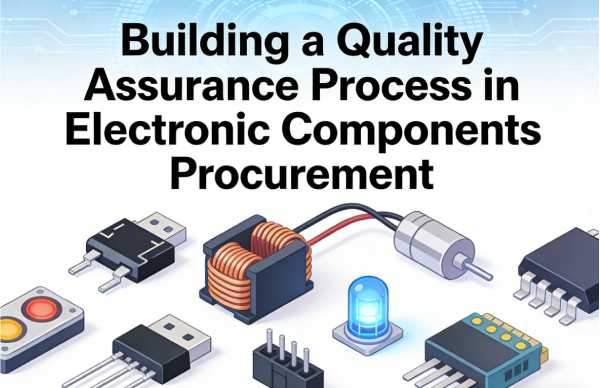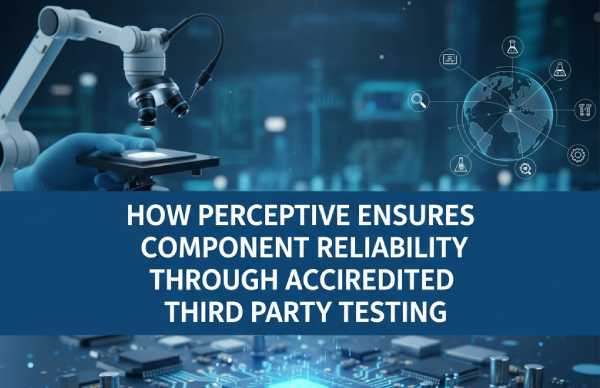Electrification of the automotive sector is leading the way towards achieving the overall net-zero-carbon targets drawn up in the climate change agreement, compared to other areas of energy demand, such as industry and housing. Analysts estimate that by 2028, hybrid and all-electric vehicles combined will exceed 50 percent of net new car sales. This article focuses on a presentation by Dr. Mrinal Das, Senior Technical Marketing Director, Advanced Power Business Unit, ONSEMI, on SiC power semiconductor solutions for the electric vehicle market at PowerUp Expo 2023.
EV Traction Inverter Power Trends
SiC MOSFETs have found an ideal application area in electric vehicle traction inverters. Their higher switching frequency, lower losses and improved high temperature performance have translated into efficiency and size improvements in inverter systems. This can benefit the end customer as the driving range can be increased for a given battery charge. Figure 1 shows trends in traction inverter power ratings for various types of electric vehicles, such as plug-in and hybrid electric vehicles (PHEVs and HEVs) and pure electric vehicles (BEVs).The total potential market (TAM) for SiC in 2022 is approximately $1 billion. This is expected to grow to $5 billion by 2028. The small and medium power inverter segment (<150kW) is currently dominated by Si IGBTs, but this is changing rapidly with the increased use of SiC, especially in the >80kW segment. The >200kW market in high-performance electric cars, electric SUVs and trucks typically uses SiC devices. One trend seen in Figure 1 is that demand in the low power PHEV and HEV segments is expected to shrink, with a corresponding increase in demand for high power inverters.

Figure 1: EV traction inverter power trends
Onsemi's SiC MOSFET Evolution
Onsemi's years of experience in developing all aspects of SiC technology have led to significant improvements in the company's SiC MOSFET devices, marketed under the EliteSiC name. 400-800V battery power requires the use of inverters rated at 600-1200V, while operating at current levels of up to 1000A per phase. The focus in the past has been on planar MOSFET technology, which represents the current release. As shown in Figure 2, the M1 planar 1200V MOSFET evolved into the M3S device, with significant improvements in cell pitch and thin wafer process, resulting in improved specific on-resistance RDS(on) of the MOSFET.
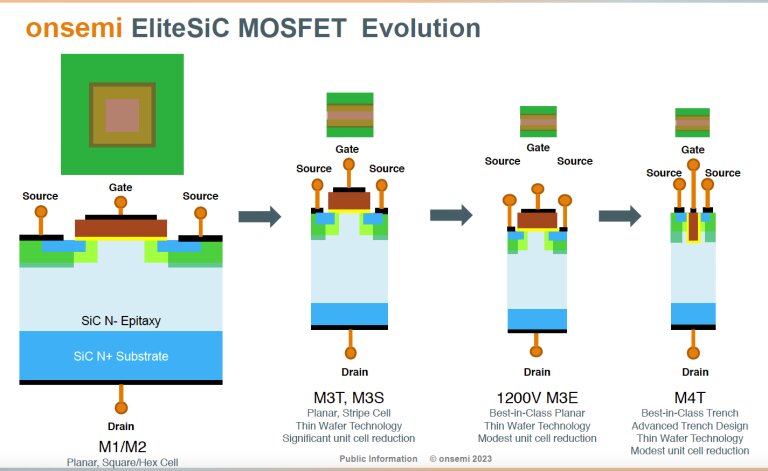
Figure 2: onsemi SiC MOSFET evolution
The M3E device is the latest planar SiC planned for release, offering best-in-class performance while improving the trade-off between the device RDS(on) and its short-circuit performance.
Trench SiC MOSFETs offer further size reduction and other device performance benefits, and M4T trench devices planned for the 750V and 1200V nodes are currently under development.
Figure 3 shows some of the smart chip features added to the chip. These include redistribution layers (RDLs) for flexibility in gate pad location and size. Monolithic integration of temperature sensors and adjustable polysilicon resistors with adjustable gate resistance simplify design tuning and system monitoring. Metallization options for soldering and sintering accessories are also included.
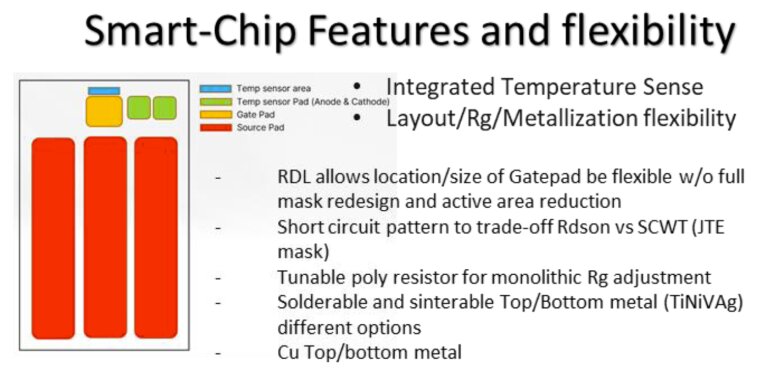
Figure 3: onsemi SiC MOSFET smart chip features
Module Packaging Improvements
Improved power module packaging to increase reliability while reducing thermal resistance (Rth) and stray inductance (Ls) is key to improving system performance in difficult, high-temperature power cycling environments such as electric vehicle traction inverters. Figure 4 shows the packaging roadmap for the Rth quality factor of onsemi SiC power modules. For example, after sintering on both surfaces, a B2 sintered/sintered module has an Rth value of less than 0.1 K/W, while an initial double-sided cooling (DSC) soldered module has an Rth value of 0.15 K/W.
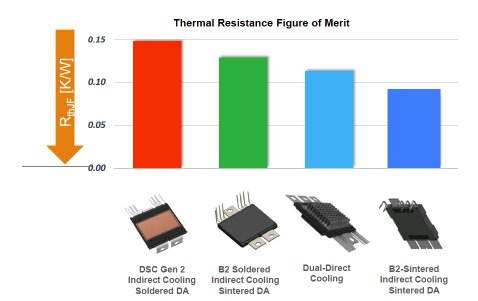
Figure 4: onsemi SiC MOSFET power module Rth roadmap
Improvements in Rth and Ls result in higher power ratings and efficiencies, as shown in Figure 5. Improved thermal management and reduced losses enable onsemi's VE-Trac family of automotive-grade power modules to be available in a range of power ratings, from less expensive 120-150kW systems using thermally conductive silicone grease as a heat sink, to more powerful 150-300kW systems using sintered heat sinks.
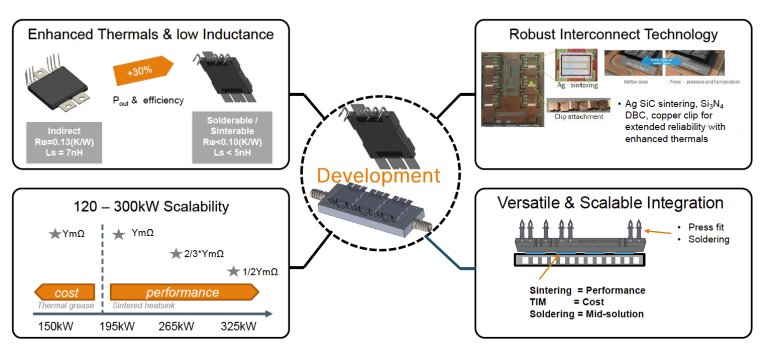
Figure 5: onsemi SiC MOSFET power module Rth roadmap
Substrate technologies include advanced AMB Silicon Nitride DBCs, as well as copper-clip front-side metal bonding and silver chip bonded sintering for improved reliability and thermal performance.
Reliability
Onsemi has a fully vertical SiC manufacturing capability from crystal growth to packaging, which allows the company to better control screening and quality control to ensure high reliability. In-line screening during the manufacturing process and customized aging screening on the manufacturing equipment eliminates extrinsic defects. The planar gate oxide process flow leverages decades of gate oxide improvements, and Figure 6 shows the resulting high reliability. The time to dielectric breakdown (TDDB) curve on the left predicts a failure rate of <1 ppm at a maximum operating gate voltage of 18 V. Threshold voltage (VTH) stability measured under cyclic stress testing of the gate from -3 V to 18 V shows a change of only about 50 mV after 1E11 cycles.
Developing trench MOSFETs will require recreating the high reliability standards achieved on planar SiC MOSFETs.
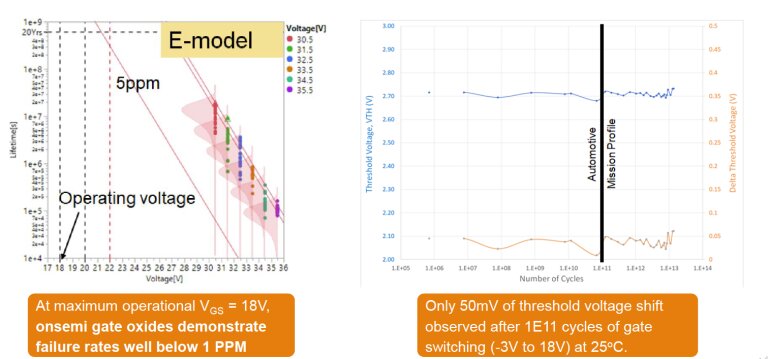
Figure 6: onsemi SiC MOSFET gate oxide reliability
In Summary
The EliteSiC MOSFET portfolio, along with the VE-Trac power module tailored for the EV traction inverter market, enables onsemi to capitalize on the strong growth expected in the EV market. Their offerings of professional-grade system verification and reference designs, a self-service PLECS model generator, and the Elite Power Simulator, which includes corner models, also help reduce customer risk in new system designs.
If you liked this article, you'll also like the following:
What Is the Future of Electric Vehicle Charging Stations
New Auxiliary Power Solution for Electronization of Automotive Functions













